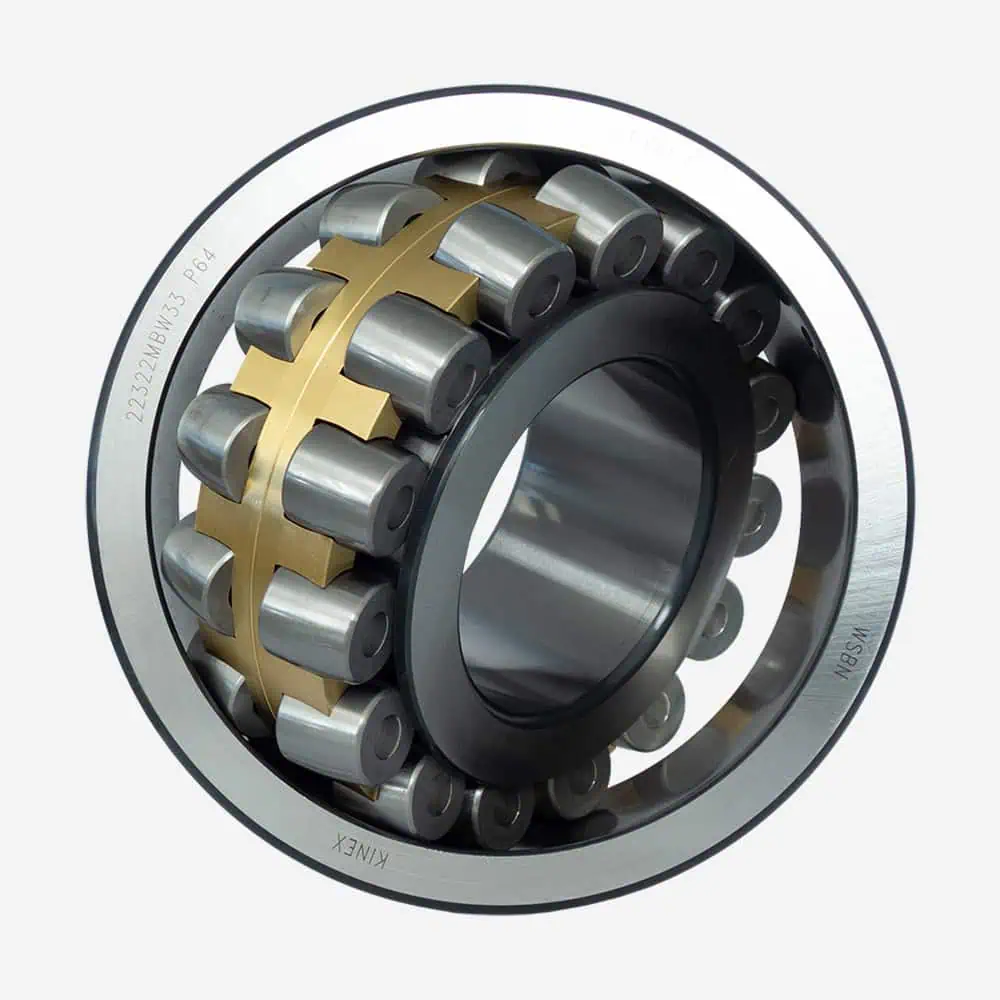Bearings play a crucial role in the performance and reliability of mechanical systems across various industries. To ensure they meet strict quality and durability standards, bearing testing methods and strategies are employed throughout the design, production, and application lifecycle. In this article, we explore key bearing testing techniques and strategic approaches to validate performance, identify potential failures, and guarantee long-term reliability.
Why Bearing Testing Is Essential
Bearing testing helps ensure that components:
- Meet industry and application-specific standards
- Perform reliably under real-world operating conditions
- Withstand stresses such as load, speed, temperature, and contamination
- Avoid premature failure and reduce downtime costs
By incorporating robust testing methods, manufacturers and engineers can improve product design, extend bearing lifespan, and enhance overall system efficiency.
Common Bearing Testing Methods
1. Life Testing (Fatigue Testing)
This method determines a bearing’s lifespan under controlled loading and operating conditions. Bearings are tested until failure to gather data on fatigue resistance and service life.
- Applications: Automotive, industrial machinery and others
- Outcome: Helps establish the L10 life rating (number of revolutions before 10% of bearings fail)
2. Vibration Analysis
Vibration testing detects early signs of wear, misalignment, and defects. Sensors monitor changes in vibration frequencies, helping diagnose issues before catastrophic failure.
- Applications: Condition monitoring and preventive maintenance
- Outcome: Early warning of destruction
3. Noise Testing
The level of acoustic expression generated by a bearing are indicators of surface imperfections or internal defects. Specialized devices for measuring acoustic output (in dB) and sensors are used in controlled environments.
- Applications: Electric motors, fans, home appliances and others
- Outcome: Ensures silent and smooth operation
4. Thermal Imaging and Temperature Monitoring
Elevated operating temperatures can signal lubrication problems or internal friction. Thermal cameras and sensors help evaluate temperature behavior under load.
- Applications: High-speed and high-load environments
- Outcome: Identifies overheating risks
5. Load and Torque Testing
By applying dynamic and static loads, engineers can assess the load-bearing capacity and performance under varying torque conditions.
- Applications: Automotive and heavy machinery
- Outcome: Validates structural integrity
6. Contamination and Environmental Testing
Bearings are exposed to water, dust, chemicals, and extreme temperatures to evaluate performance in challenging environments.
- Applications: Agriculture, mining, marine
- Outcome: Confirms resistance to harsh conditions
7. Lubrication Testing
Tests are conducted to assess lubricant effectiveness, distribution, and breakdown over time under varying conditions.
- Applications: Industrial, automotive, and wind energy
- Outcome: Optimizes lubricant selection, maintenance and replacement intervals
Strategic Approaches to Bearing Testing
1. Prototype Testing
Before mass production, prototype bearings are tested under simulated working conditions. This validates the design and uncovers any flaws early in development.
2. Batch Testing
In production environments, random samples from each batch undergo testing to maintain consistent quality control and compliance with standards and regulations.
3. Field Testing
Testing bearings in real-life applications helps correlate lab results with actual performance and provides insights into long-term behavior and wear.
4. Accelerated Life Testing
By simulating extreme conditions, engineers can predict how bearings will perform over years of operation within a much shorter timeframe.
5. Data-Driven Predictive Testing
Using IoT-enabled sensors and machine learning, modern strategies rely on real-time data analytics to anticipate failures and recommend maintenance schedules.
Conclusion
Thorough bearing testing is vital to delivering reliable, high-performance components across industries. From traditional fatigue tests to cutting-edge predictive strategies, these methods ensure bearings meet rigorous standards and perform under demanding conditions. For manufacturers, OEMs, and engineers, investing in advanced bearing testing strategies leads to better products, elimination of faults, and improved customer satisfaction. Continuous improvement in testing methods is key to staying ahead of industry demands and ensuring long-term performance.
Interested in high-quality, tested bearings for your application? Contact Kinex Bearings today to learn more about our testing protocols and product reliability.
